Switzerland from A to Z
October 5, 2010, 7 Comments
A is for apple. Ever since William Tell shot one off his son’s head, the humble apple has been the unofficial national fruit. Switzerland grows over 276,000 tonnes a year, more than the UK, and certainly has endless ways of cooking them.
B is for bureaucracy. Swiss red tape makes all others look pink. The Swiss love pieces of paper, which is just as well as there is a piece of paper for everything. An application for almost anything needs at least three different ones, all stamped and signed by the relevant bureaucrat.
C is for canton. Switzerland isn’t really a country; it’s 26 countries that give a good impression (to the outside world) of being a single entity. Each of the 26 cantons has its own laws, flag, parliament, taxes, number plates, and police.
D is for draughts, aka the source of every illness known to man. The Swiss hate draughts more than they hate the Austrians. Houses are hermetically sealed, train windows kept shut on even the hottest of days, and every stiff neck or cold is blamed on a draught. That famously healthy Swiss fresh air should only be enjoyed outside. With a scarf and without wet hair.
E is for Emmental, where the cheese comes from. A lush green valley near Bern, Emmental is synonymous with Swiss cheese in general, even though it’s just about the only one with holes.
F is for fondue. Switzerland’s gift to the culinary world is more than a cheese-and-wine party in a pot; it’s a national institution. Of course, most Swiss only eat fondue when there is snow on the ground but restaurants are happy to sell it to tourists all year round.
G is for Gotthard. It was control of the Gotthard Pass that gave birth to Switzerland in the 13th century. The wiggly road remains at the heart of the nation’s psyche, even if the Swiss are currently digging the world’s longest tunnel right underneath it.
H is for Heidi. It says a lot about Switzerland that it has a fictional five year-old as a national icon. Created by Johanna Spyri, the little girl from Graubünden has been delighting children and promoting Switzerland since being published in 1880.
I is for island. On a map, Switzerland may look like a landlocked country but it is in fact an island. At least it is in the minds of many Swiss: surrounded by the EU, cut off by its mountains and almost never going with the flow. Welcome to the landlocked island!
J is for Jungfraujoch, the pinnacle of the Swiss railway system. Literally. At 3454 metres up, it’s the highest railway station in Europe and has been since it opened in 1912.
K is for knives, of the Swiss Army variety. The little red penknife is a standard-bearer for Swiss design, but it’s not just for soldiers; hardly any Swiss man leaves home with his trusty tool to hand. But the knives used by the Swiss army are actually big and green.
L is for languages. Switzerland has four national ones – German (64% of the population), French (20.5%), Italian (6.5%), and Romansh (0.5%). Swiss Germans have their own spoken dialects, referred to collectively as Schweizerdeutsch, with German itself used for anything written or official.
M is for mountains. Over 70% of Swiss land area is made up of mountains, mainly the Alps but also the Jura. And with 48 peaks over 4000m, Switzerland is the Roof of Europe. All very scenic but it doesn’t leave much space for the population to live in.
N is for neutrality. Switzerland doesn’t take sides, and hasn’t done so for centuries. Instead the Swiss sit on the fence and stay out of their neighbours’ wars. Being neutral isn’t always easy but it can be easier than making a decision.
O is for on time. Late is a four-letter word in Switzerland where punctuality is a way of life not an abstract concept. Maybe it’s because of the watch industry. Never being on time wouldn’t exactly be the best advert for a country that makes some of the world’s best timepieces.
P is for politics. Switzerland is a people’s republic, thanks to direct democracy. That means a referendum every three months, the right to challenge any law, the chance to initiate new legislation – all adding up to the people having more power than politicians.
R is for Röstigraben. The imaginary line, which gets its name from Rösti a fried-potato dish more popular with Swiss Germans, is more than a linguistic divide between French and German speakers; it’s often visible in social policy, European issues, way of life and sense of humour.
S is for Swiss. In a multilingual country using the English adjective is often easier. So the national airline is called Swiss, the phone company Swisscom, the national lottery Swisslotto, and there are private companies like Swiss Life or Swiss Re.
T is for Toblerone. Cailler may be purer and Lindt pricier but there’s one brand that stands out, purely because of its shape. The triangular chunks from Bern are for many people (especially duty-free shoppers) the embodiment of Swiss chocolate.
U is for UBS. There are an awful lot of Swiss banks (328 different ones), but they rarely get a good press, what with secret accounts and black lists. Banking in Switzerland is more than the headlines, it’s about trust and stability, something which UBS is re-learning the hard way.
V is for victory, though it’s ages since the Swiss had one of those (except in skiing or tennis). But Switzerland wasn’t always so anti-war. It used to invade, kill and conquer with the best of them. Then it gave it all up for peace, and the chance to make money from letting others do the fighting.
W is for William Tell. He’s probably more myth than man but thanks to a German play and catchy bit of Italian music, Tell became a Swiss national hero for fighting the dastardly Austrians. These days he’d be called a terrorist and asked to leave the country.
X is for xenophobia. Not everyone in Switzerland is Swiss (21% of the population are foreigners) and not everyone who is Swiss is happy about that. Cue the nasty side of Swiss society: black sheep posters, minaret bans and long waits for citizenship. Luckily not all Swiss agree or vote for the SVP.
Y is for yellow. Everyone knows that Swiss trains are fab, but what about the Postbus? The ubiquitous buses have 783 routes to reach the parts the trains can’t, and a famous three-note horn taken from the Tell Overture. And they are yellow.
Z is for Zurich. Not the capital but the largest city, and the face of urban Switzerland: compact, efficient, cosmopolitan, exciting. At least that’s what its inhabitants think; the rest of Switzerland sees them as brash and arrogant. Or maybe they’re talking about the Germans who live there.



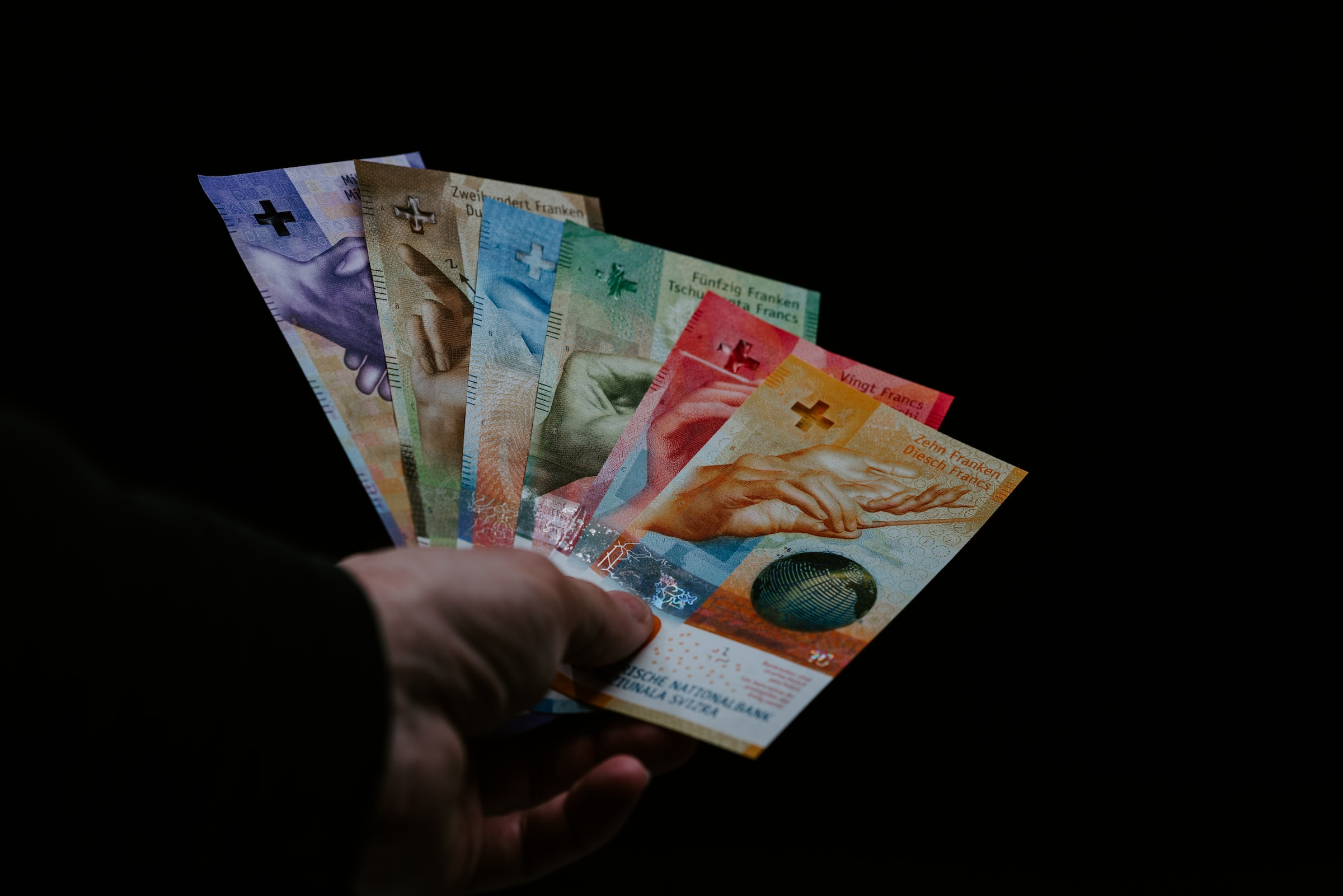
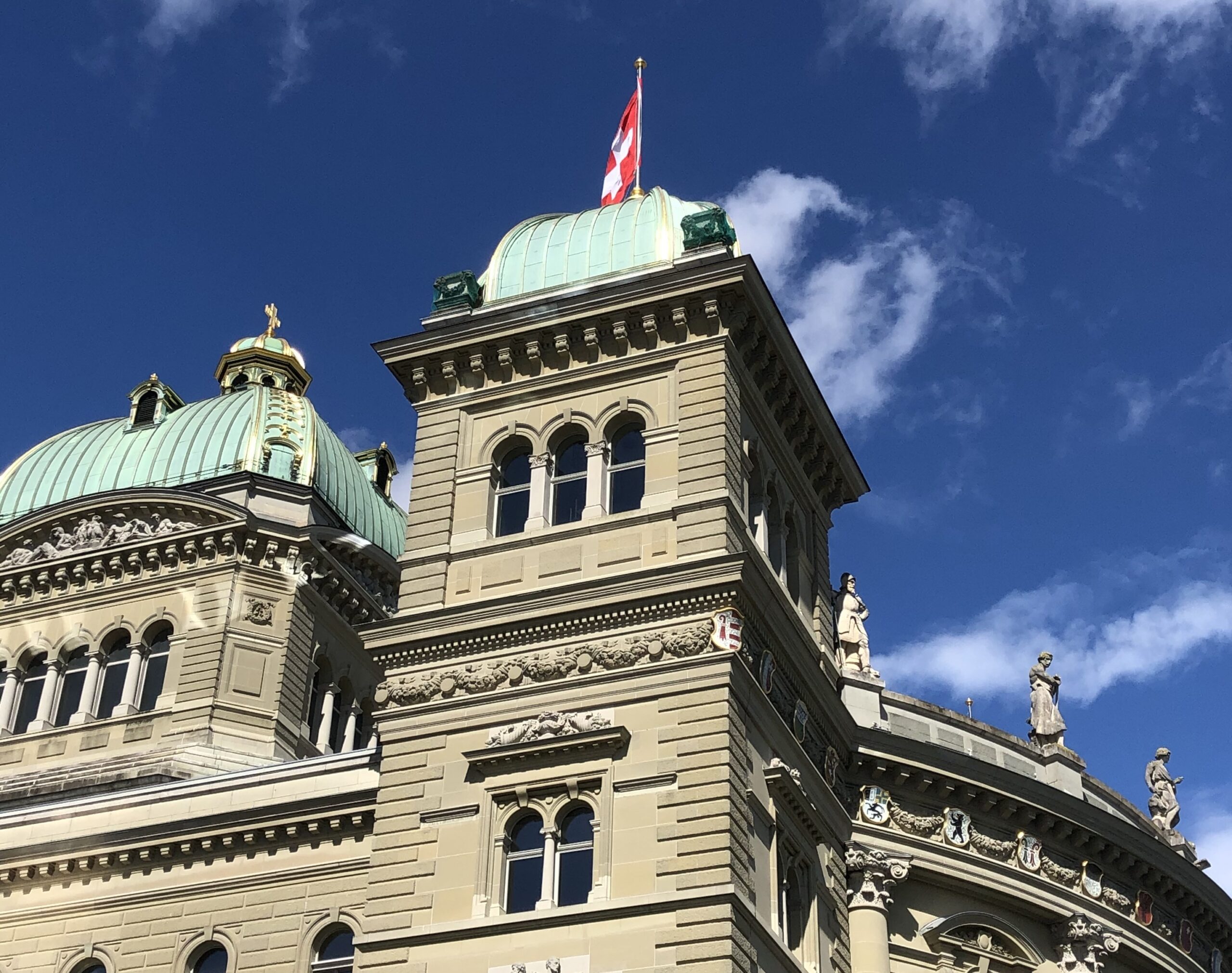
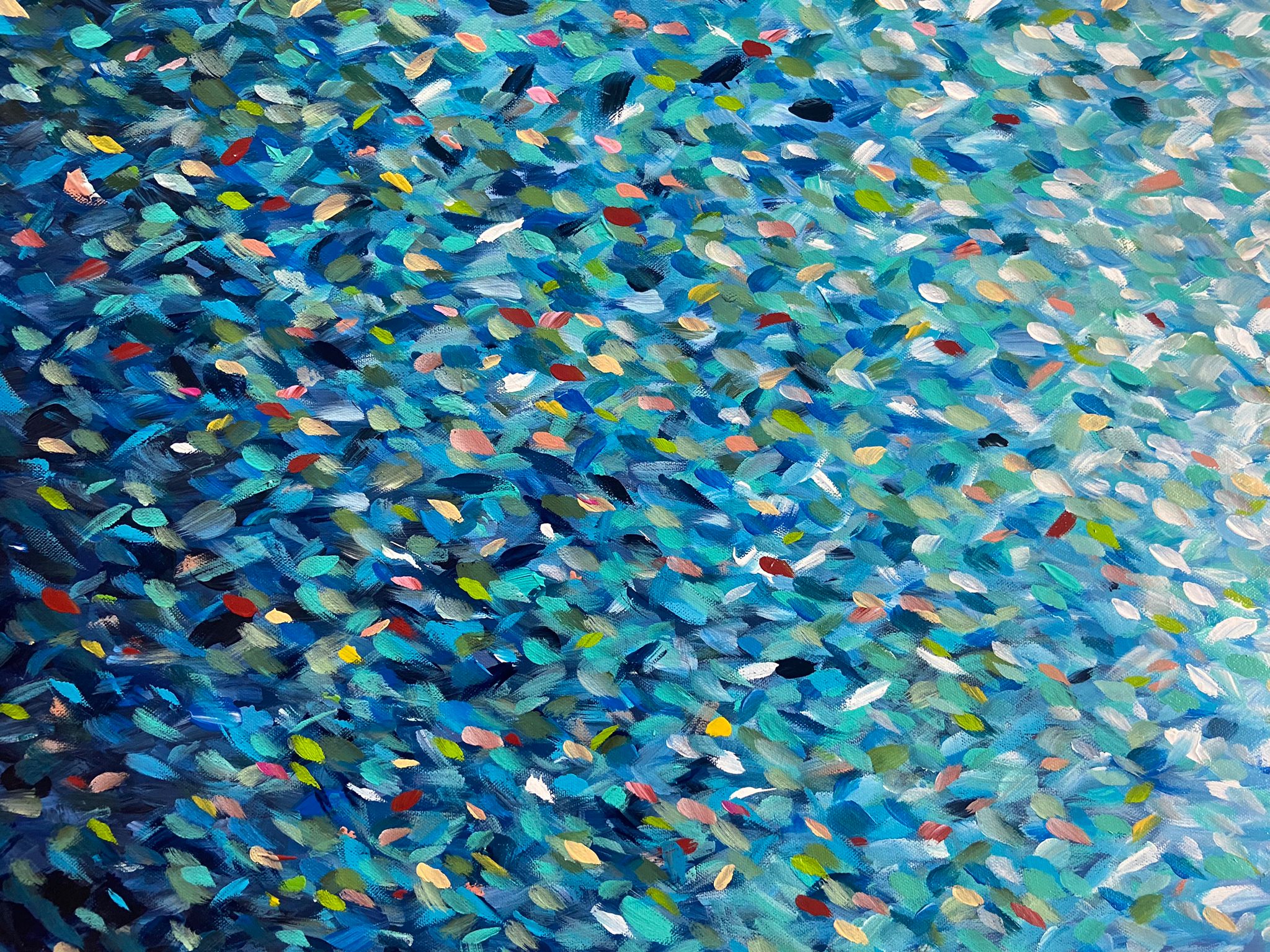

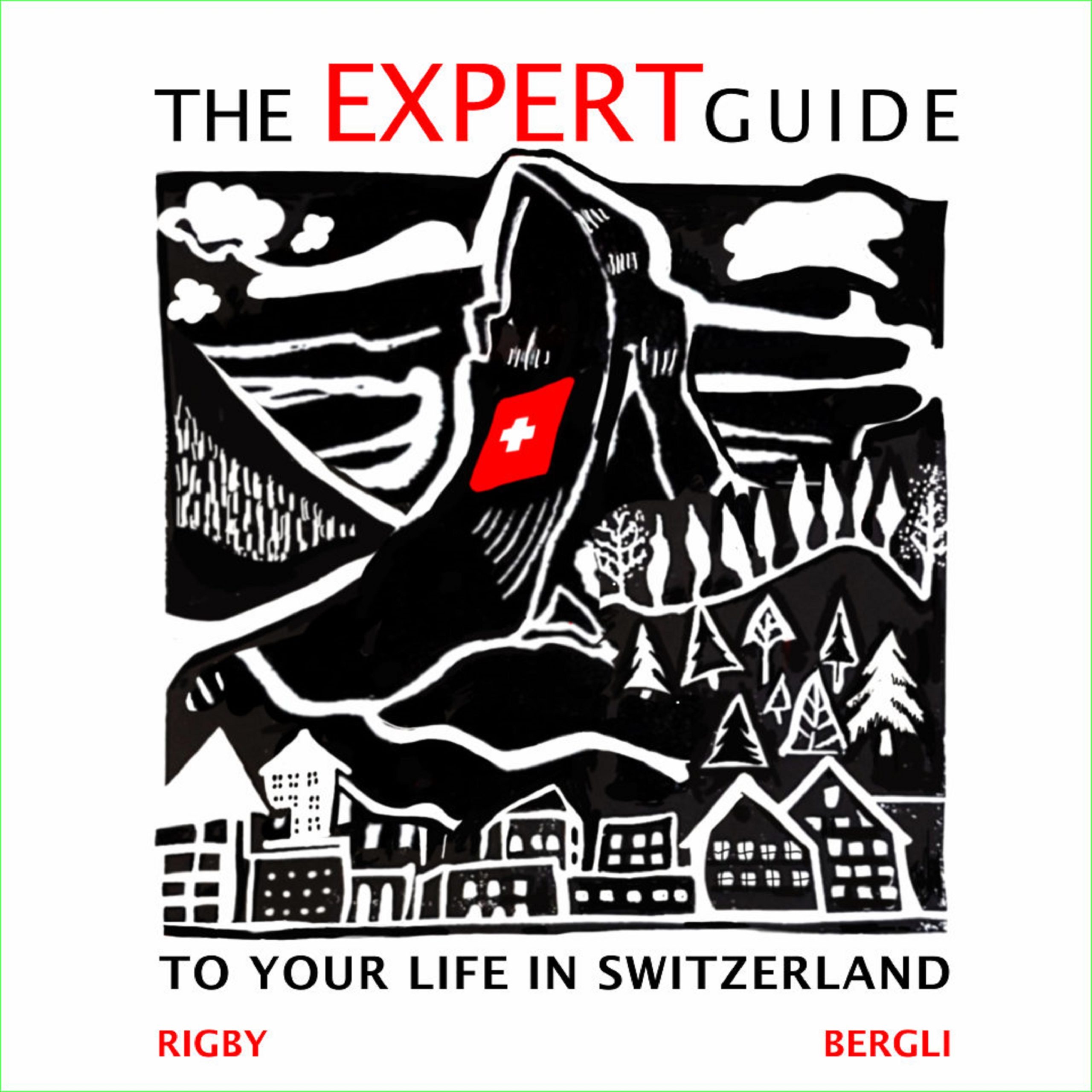
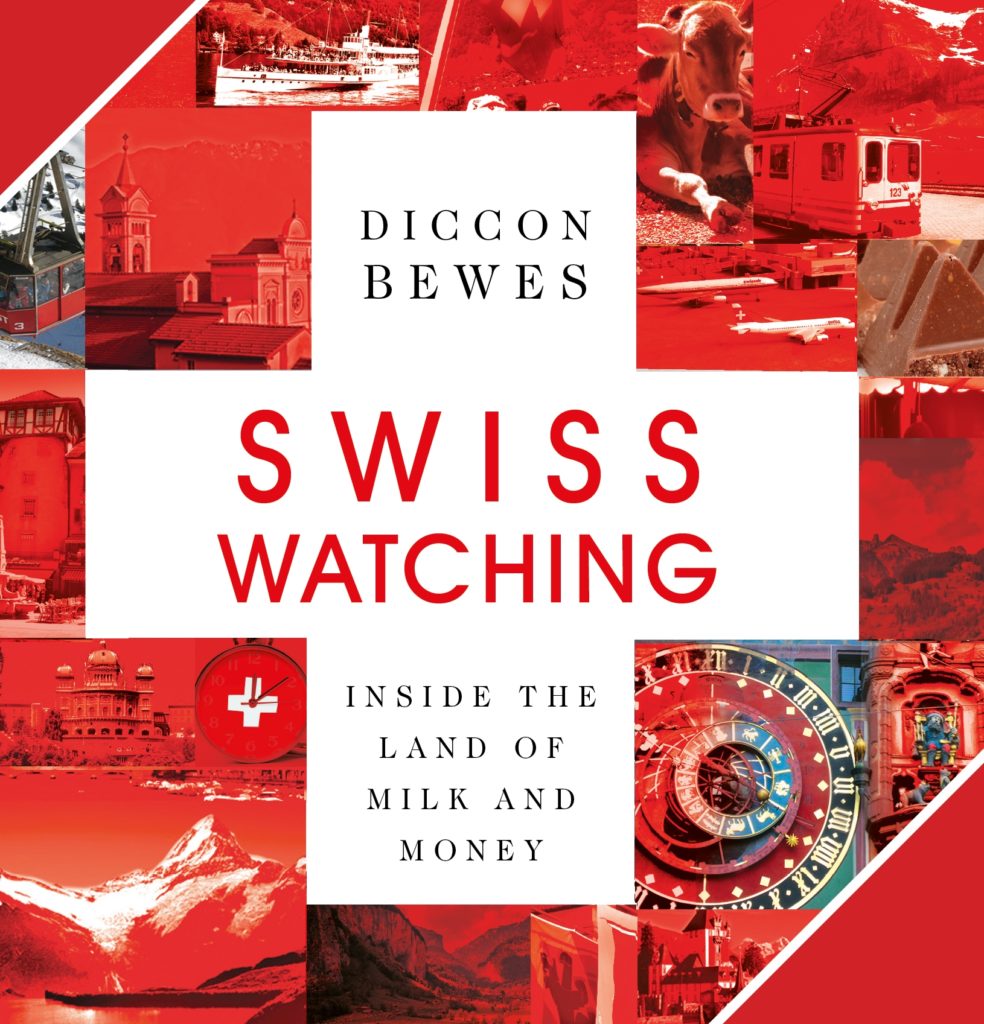
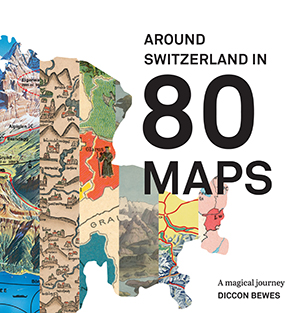
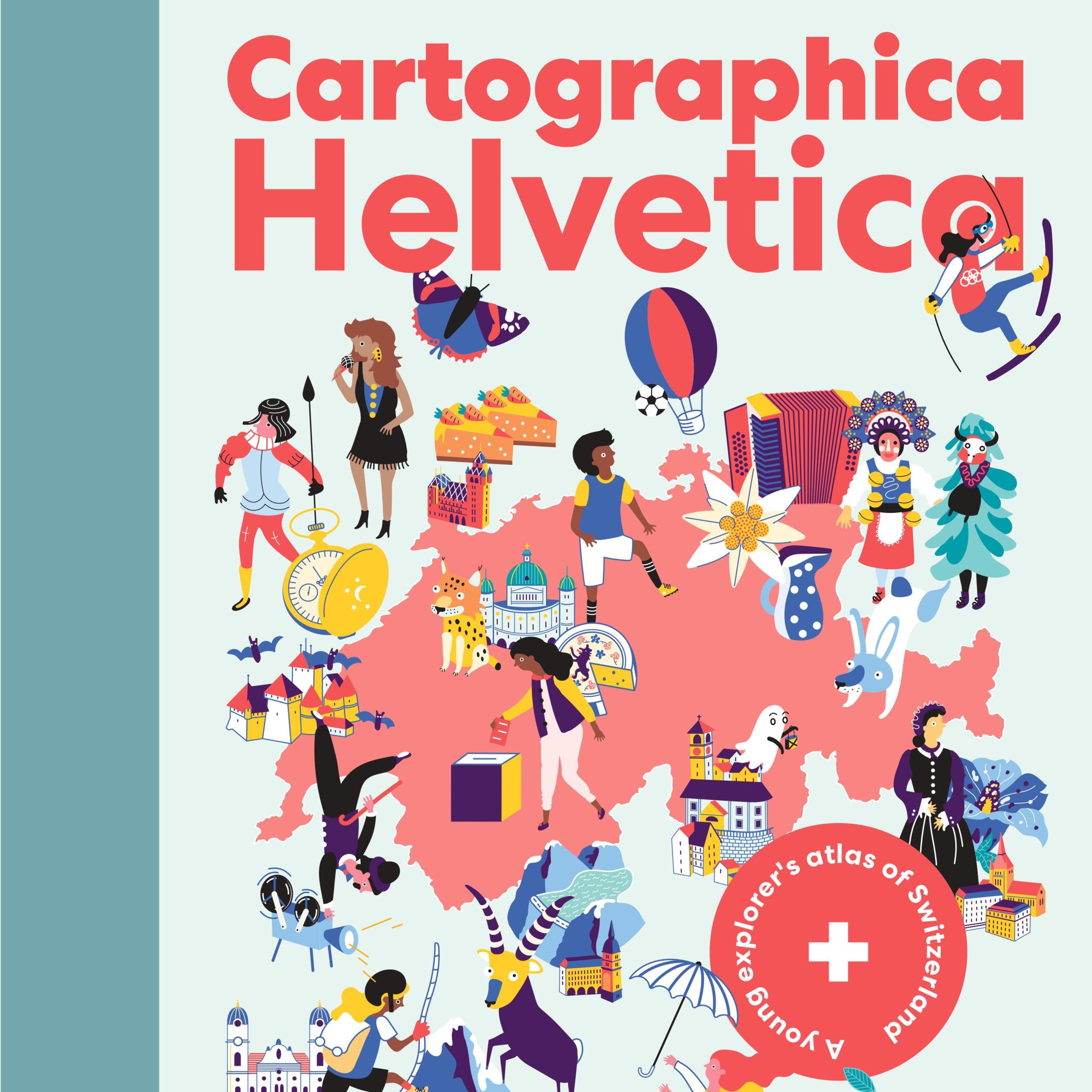
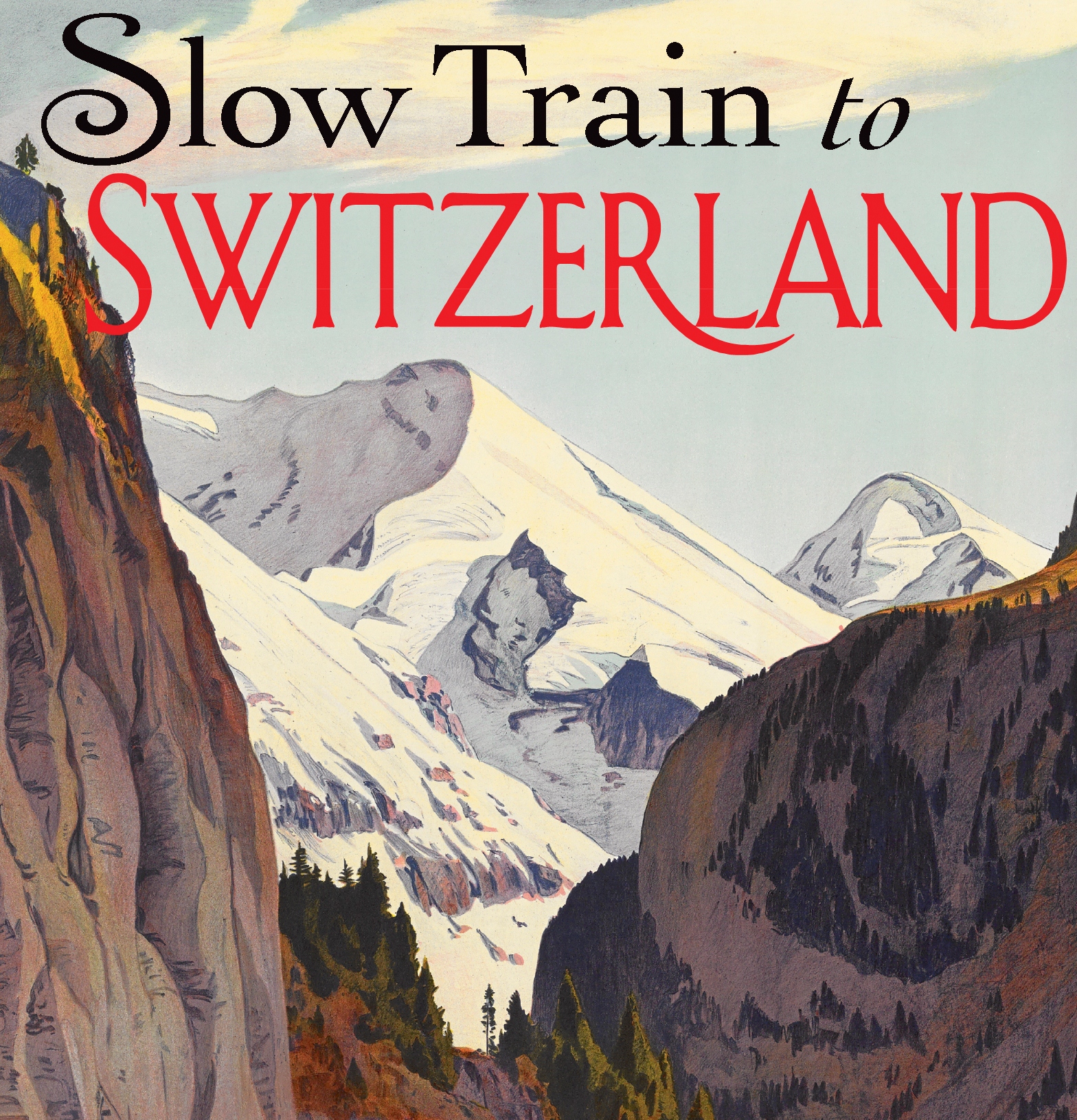
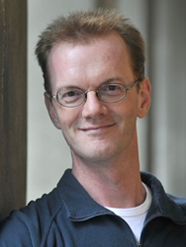
 Follow on Facebook
Follow on Facebook Follow on Twitter
Follow on Twitter Subscribe by RSS
Subscribe by RSS Contact me directly
Contact me directly Global Solutions Inc.
Global Solutions Inc.
7 Comments on "Switzerland from A to Z"
I lived in Zurich a few years ago – I remember people being really kind and helpful! I went back last weekend and got kicked out of a bar because only 4 of 6 of us were consuming a drink. I hope this doesn’t mean that arrogance is now a trend !!!
Hi Katherina,
this fits in with the book… most ‘Swiss’ will think, ‘ah, that’s why I don’t like people from Zürich, this is typical’. I must admit, I have had more confrontations of this kind in England than I have here, in Switzerland but I DON’T STAND FOR IT ANY MORE. Well, nearly never. I don’t think it would have happened in Bern.
Actually some of the nicest people that I know come from Zürich.
david
Love your Swiss ABC. I have written a post about your book on my blog last Tuesday. Hope you like it.
How about N for “noed schlecht”. Ever ask a Swiss how he feels? He will never answer with “good” but always say “noed schlecht” (sorry missing the umlaut on this keyboard I am currently using).
Italian Switzerland too has its own spoken dialects. They are lombard dialects, very close to those of Lombardy or Eastern Piemonte in Italy. They are as far from standard Italian as the Swiss German dialects are from standard German.
Trackbacks for this post